As you guys now, the Endangered Neighbors exhibit recently opened at the Santa Cruz Museum of Natural History. The whole point of the exhibit is to get people aware of our local endangered species, why they are endangered, what people are doing to protect them, and what easy steps we an all take to ensure their survival. So, let’s get a closer look at one of our local Endangered Neighbors, the San Francisco Garter Snake.
The San Francisco Garter Snake (Thamnophis sirtalis tetrataenia) may be one of the most beautiful snakes in the US, if not the world. Of course this is just my opinion but look at it, it is absolutely gorgeous. (Even Robert Stebbins called it “the most beautiful serpent in North America”). These gorgeous creatures are almost exclusively found in San Mateo county, along the base of the Santa Cruz Mountains. Ano Nuevo State Reserve is one of the only remaining publicly accessible spots where this snake can be seen. Their exact population numbers are unclear since most of their preferred habitat is on private land and population surveys have not been conducted. The best estimates are a total population of less than 5000 individuals. This is far too low of a number, and I think it proves the point that we need to desperately be concerned for this species.
Their preferred habitat is a landscape of densely vegetated ponds with some minor upland components. Cattails, spike rushes, and bulrushes are plants surrounding the pond edges and are preferred by the snake for cover. The upland components are sometimes used for estivation during the dry summer months where the snakes utilize rodent burrows. Primarily though, the snakes are deeply reliant on ponds since they use it as an escape path and this is where they also hunt their primary prey, the threatened California Red-legged Frog.
The threats facing this species are ones common associated with wetland species:
- Their habitat is lost due to urban, commercial and agricultural development.
- They and their prey are predated on by introduced Bullfrogs
- They are collected illegally as pets
The good thing is that there are a couple of organizations that are concerning themselves with the well-being of this beautiful reptile. The Peninsula Open Space Trust (POST) is actively managing land and purchasing more acres that the snake calls home to increase the chances that this snake will have suitable habitat in the future, something incredibly crucial in this area with the Bay Area human population only increasing in size. The San Francisco Zoo is conducting a captive breeding program with the goal of hopefully releasing some individuals back into the wild; and finally USGS is conducting research on POST land to get a better understanding of the ecology of this snake and to get some basic population estimates.
Now the great thing is that no matter what endangered species you have an interest in, there is something you can do to help it out and to hopefully protect it for the future. The same holds true for the SFGS, these steps include (most of these come directly from a SFGS biologist. Thank you Brian Halstead!):
- Do not disturb or handle individuals (it is illegal), and report anyone observed handling SFGS without a permit.
Promote land management (burning, grazing, mowing, etc.) practices that maintain or create marshes and ponds with emergent (not woody or closed canopy) margins, with unmowed (or mowed at a high (6″ or greater) grass height) surrounding uplands. Some trees and shrubs are OK, but a closed canopy forest is probably not. If you don’t own land, contribute to local parks or organizations that manage land appropriately for wildlife, including SFGS (Ano Nuevo State Reserve and the Peninsula Open Space Trust are good examples).
Promote conditions that foster high native amphibian (SFGS prey) abundances. This would include such things as promoting the above habitat conditions and minimizing pesticide, herbicide, and fertilizer use (including anything that goes into the sewers and especially storm sewers). Buying organic foods is something that consumers can do even if they do not grow crops or have a yard. This also means not releasing fish or non-native amphibians into the environment where they can have detrimental effects on native amphibians through predation, competition, or spreading disease.
If driving in or near SFGS habitat, drive slowly and with care to avoid running over SFGS.
Properly disposing of garbage to help control raccoon populations.
So go out and look for this snake yourself, I am convinced that once you see one yourself you too will fall in love with it and will want to conserve this amazing animal. To see more images you can check out the rest of my San Francisco Garter Snake Portfolio.
*If you are interested in purchasing any of the pictures displayed in this post, please check out my fine prints page for pricing.*

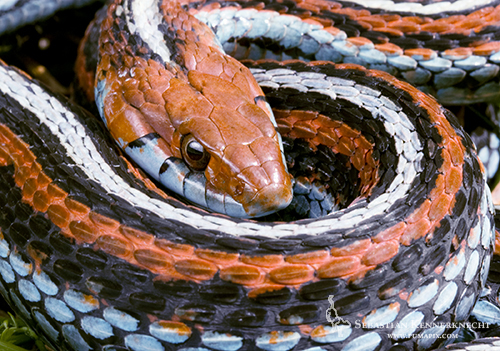
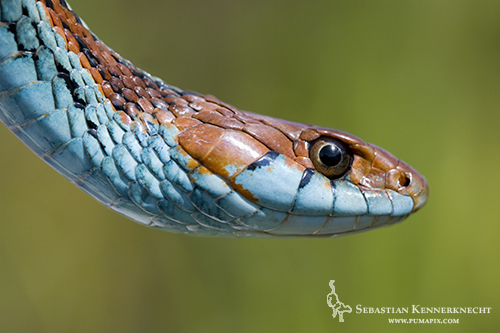
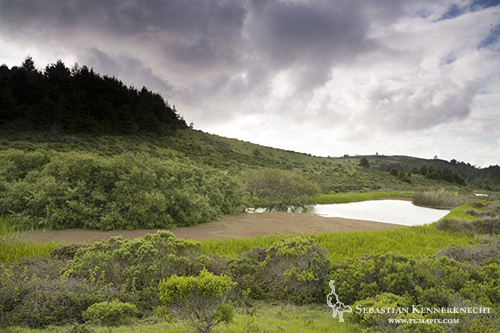
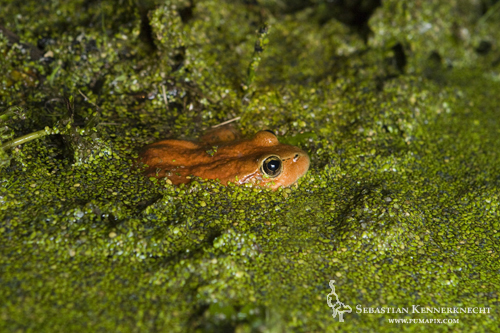
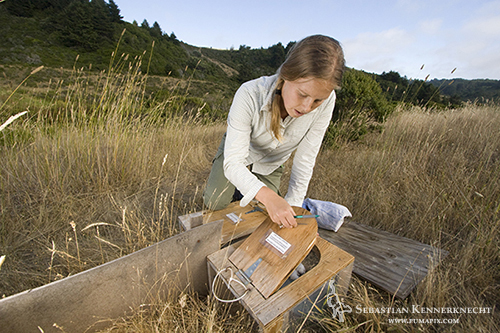
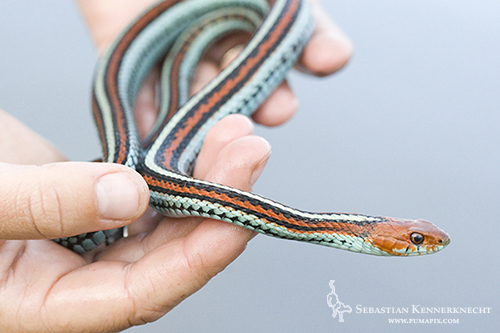
Oh Man! I exclaimed outlout when I saw these pics!
Those SanFran Garters are amazingly beautiful!
Great shots, Seabass!
Thanks for the nice words guys!
Absolutely stunning snake!